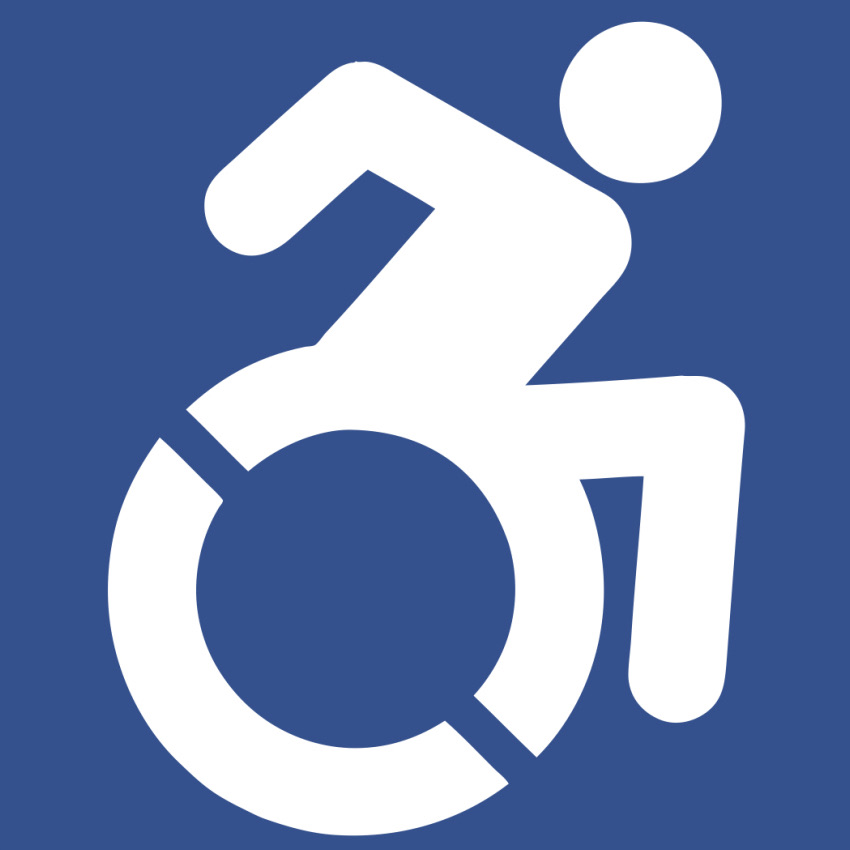
One of the reasons we travel to cities as a family is simply for the experiences our kids have walking through the streets of highly populated areas. They’ve grown up in the country–with the Shepaug river in closer proximity than the nearest stoplight. They don’t know the smell of the city. They don’t know the press of people or traffic at rush hour. They don’t know the needs that become more visible in cities. They don’t know the diversity that becomes more visible in cities. We want to introduce them to the pain and the beauty of humanity, and cities are one way to do this. (I’m reminded of what Tim Keller reportedly said—that there is more of the image of God smashed into one New York City subway car than the entire Grand Canyon…)
So when we were in Washington, D.C. last month for a short spring break trip, I wasn’t surprised by Marilee’s questions: “Why is that man holding a sign saying he’s hungry?” “Is that lady with lots of bags homeless?” “Why are there so many police cars?”
But then she asked, “Isn’t it sad that man is in a wheelchair?”
I looked ahead and saw a man wheeling himself down the street with a friend walking next to him. He didn’t look sad. He didn’t look like he was in pain.
So I said, “I actually think it’s pretty cool that man has a wheelchair that can help him get around.”
She wrinkled her forehead.
I’m pretty sure I know what she was thinking.
“Marilee,” I said, “I don’t feel sad that you have glasses.”
Her forehead stayed wrinkled.
“In fact, I feel happy that you have glasses because they help you see clearly. And I can’t say for sure how he feels about being in a wheelchair. But right now he doesn’t look sad, and it doesn’t look like he’s in pain, and it looks like he’s getting where he wants to go with his friend.”
Ah. She nodded slowly.
“You mean, my glasses are like wheelchairs for my eyes?”
Yes.
Scholars write about the “social construct of disability”– all the ways that our society teaches us to understand both physical and intellectual disability as categorically negative, and even tragic. The old way of signifying parking spaces for people in wheelchairs exemplifies this view, with a static image:

The new icon of an empowered person in motion in a wheelchair reflects a new understanding of the possibilities inherent for people in wheelchairs:

Even still, reporters will refer to people who are “confined” to a wheelchair rather than using more neutral language like “using” a wheelchair, just as they will write that children “suffer from” Down syndrome rather than “live with” Down syndrome.
The language we hear and the images we see reinforce and even help to shape what we believe is true.
It’s now a month later, and I just asked Marilee for permission to tell this story. Her face lit up at the thought of being included in something I write. But she also said, “you mean that time when I learned glasses are like wheelchairs for my eyes?” It was a small moment and a subtle shift of perception that might help her—and me—to see the world more clearly.



